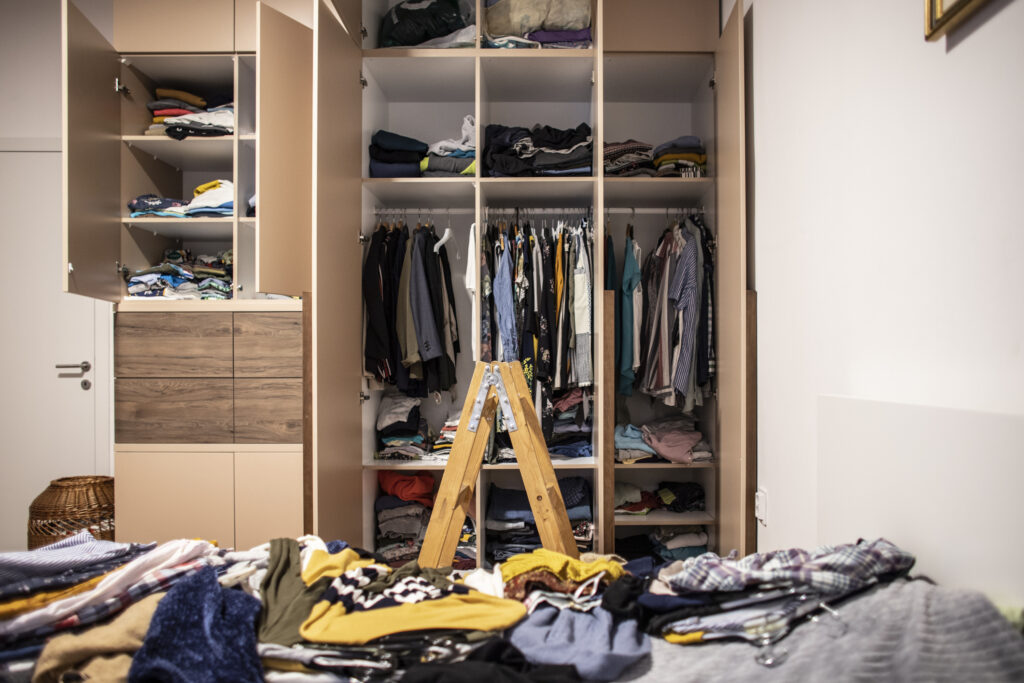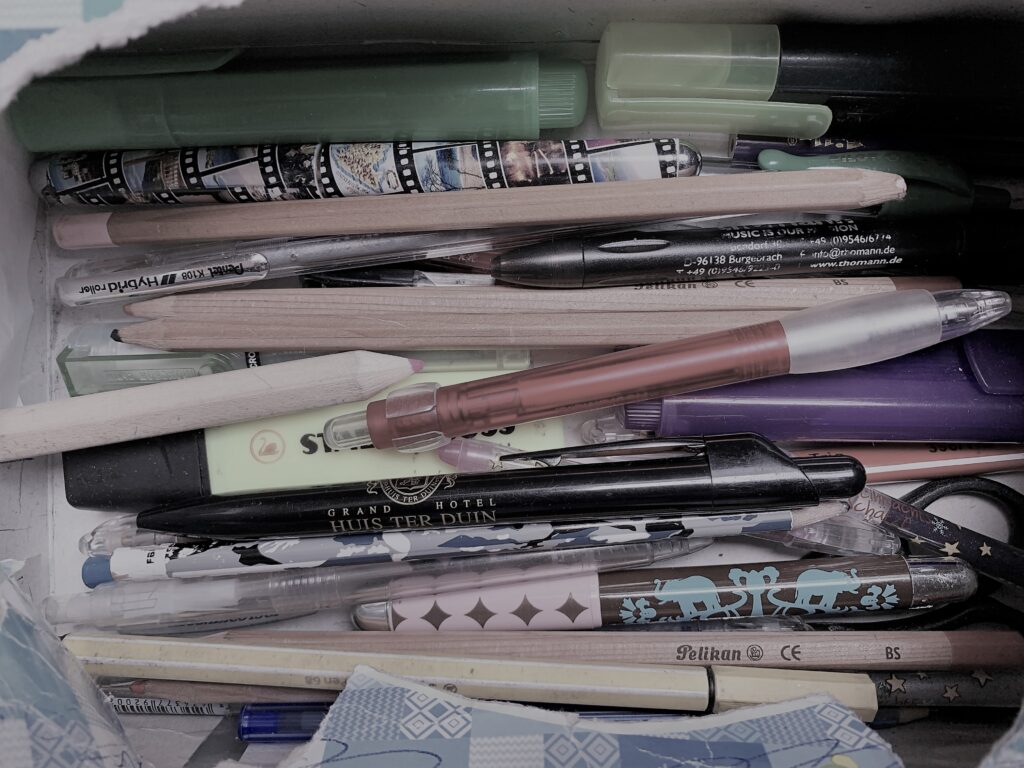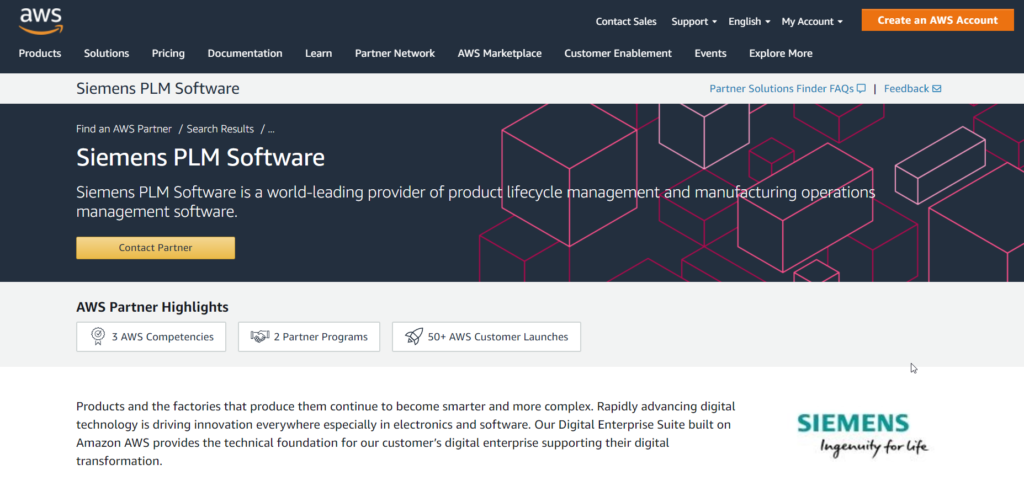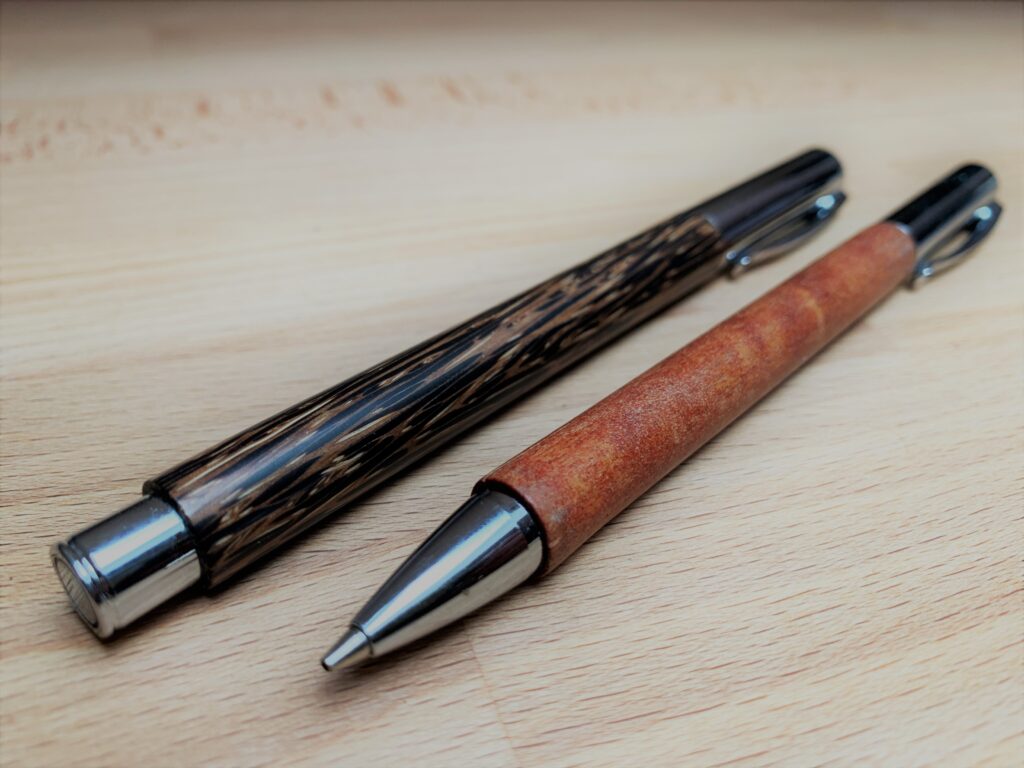The art of engineering light

Two years ago, I watched a documentary about “Minimalism”. There were compelling reasons in the documentary to no longer own so many things. There were people talking on camera about how it made them feel free, how it gave them back focus, how they decluttered their whole life along with the stuff they gave up on. Some people claimed, the feeling of getting rid of stuff was even better than buying new stuff.
So, the same evening I decided I would become a minimalist. And really, making that decision was rather easy.
Cleaning out my closet
The next day, highly motivated, I started with my closet. Oh well, I thought, I wore this T-Shirt in 1998 at this party, can’t dump that one, and that one, it was a classic during university times, no way, it reminds me of this and that. That one, no, bought it on my road trip in the US. After an hour, there was a stack of T-Shirts all of which I had to keep for one or the other reasons. It was difficult. Way more difficult than I thought.

Then I recalled that guy on the documentary that said, the memories will be there either way, whether you own that object or not, the object is just a trigger but even without owning it, your memory will be there.
It didn’t make it easier for me at that point in time.
To dump or not to dump
In the documentary the simple advice to cope with this difficult “to dump or not to dump” question was to take a thing you own, look at it and then seriously ask yourself:
Does owning this thing make my life any better? Does this object truly serve a purpose to make my life easier, more joyful, more efficient, or – in all honesty – does it actually only hinder me, block my way, get me defocused from the things that really matter in life?

What I really loved: the series wasn’t a call to get rid of everything though. It was not a call for an ascetic life. It was not a radical, it was a reasonable approach to the idea of owning less. It was about a mindful adjustment of things you really NEED and those you really DON’T NEED for making a better living.
For the moment I put the stack of T-Shirts on hold.
Adding my two pens
Let’s try somewhere else first, I thought. Pencils. For ages I struggled to find a working pen when I wanted to take a quick note. Don’t get me wrong I owned dozens of pens, but none really worked. However, usually I tried one after the other until I found one that worked. And by that time, I had thrown the broken ones back to where I picked them up from. To repeat the story the next time I needed a pencil.

But not this time. I made a bold move. I decided I would from now on own: one fountain pen and one lead pencil. All the rest would go away. And I would not own those cheap ones you picked up at every booth at the last convention (we all need to collect those at conventions – they are for free) – no I wanted serious high-quality pieces that I loved.
The art of traveling light
Meanwhile, not owning so many (or big) things has become a worldwide trend. There are magazines about Minimalism. (Semi)professional coaches offer their service to simplify your life. Tiny houses have become a thing. Scandinavian minimalistic interior designs have become en-vogue. And not just since yesterday have backpackers optimized the concept of less is more.
It has ever since been called “the art of traveling light”.

But this is private life. This is philosophic crap; I hear some of you say.
I am an engineer, why would I care?
The capitalistic minimalism
Well, there is another side of the concept, that despite all esoteric appeal of minimalism – is very capitalistic. There is a very rational argument for not owning too many things: being economically efficient. Car sharing has become a popular business model for that reason. Electric city scooters are all over the place (literally). There are online platforms for neighborhoods to share tools or garden equipment. Subscription based or leasing models of whatever product have become the norm rather than the exception.
Companies, it’s time to declutter!
And ultimately, not owning things meanwhile is an industry trend as well. Why? Well, not because companies suddenly became a philosophic bunch (like I am) that wanted to declutter their lives. But because there is a serious economic reasoning behind not owning stuff. And one really big thing across all industries is the trend to not owning IT stuff anymore.
The big buzzwords in today’s economy that subsumes all this are “cloud” and – in various tastes – WaaS (Whatsoever as a Service).

“Cloud” means nothing but not owning the IT infrastructure anymore. Cloud means decluttering your IT systems. Cloud means outsourcing hardware that hinder you focus on your actual business. Cloud means you only pay what you need. Add SaaS (Software as a service) or a subscription-based licensing model and you have become a proper minimalist in the IT world. For us engineers cloud and SaaS means minimalism in the arts of computer aided engineering.
But we’ve been doing it with our own cluster for decades. We have it under control here. Never change a working system, I hear you say. And what about security? Well, you can continue to think that way, but be alarmed:
Minimalism is a concept that can decide about success or failure in the CAE business.
The art of engineering light – cloud based Computational Fluid Dynamics (CFD)
At Siemens Digital Industries Software we have understood the need of engineering companies become effective minimalists. Therefore, we are on a clear mission to serve our customers with computer aided engineering solutions on the cloud and flexible subscription based licensing models that go along with that.

We are proud to having achieved Amazon Web Services (AWS) High Performance Computing Competency status with our multiphysics CFD software Simcenter STAR-CCM+. This designation recognizes that Siemens has demonstrated deep experience helping customers optimize their HPC workloads for performance and efficiency using AWS’s elastic and scalable cloud infrastructure.
This is your future. This is the art of engineering light. This is cloud-based CFD.
And this is where today meets tomorrow as some of our customers prove as they already leverage Simcenter STAR-CCM+ on AWS:
TLG Aerospace deploys Simecenter STAR-CCM+ on AWS for faster, cost-effective certification by simulation based analysis.
Amazon Prime Air developed a working drone design by running simulations using Siemens’ Simcenter STAR-CCM+ with high performance computing on Amazon Web Services.
One Aviation carries out CFD simulations on AWS in improving aerodynamic performance of the next generation of super light business jet.
Ineos leverages cloud-based Simcenter STAR-CCM+ simulation to increase their throughput by 20 times, accelerating the development of America’s Cup racing boat.
And if that’s not enough, even more good reasons to run CFD simulations on the cloud can be found here and here.
Minimalism is a process. But you have to start somewhere
In the meantime, I have not become a proper minimalist admittedly. I learned that it’s a process and a mindset and the rest follows bit by bit. But I was indeed able to get rid of a lot of clothes, I rather only have a set of high-quality garments that I am really in love with. I could name those to you item by item. I own a beautiful wooden pencil and another ink-writer of high quality. I throw away non-working pens if they come along my way.

But admittedly, somewhere in the closet there is this hidden stack of T-Shirts I wore in my wildest days.


